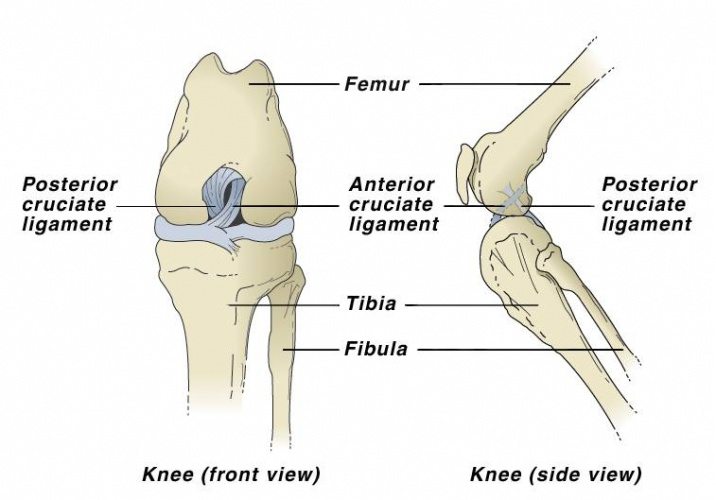TPLO Surgery in San Antonio
What is TPLO?
TPLO stands for tibial-plateau-leveling osteotomy, and it’s is a surgery performed on dogs if they’re suffering from a ruptured cranial cruciate ligament. If you work with a strong surgeon, expect great results! Over 90% of dogs regain an active lifestyle with no post-operative complications.

What is the cranial cruciate ligament (CCL)?
What happens when the CCL ruptures?
What are the signs of a CCL tear?
How is a CCL tear diagnosed?
- Orthopaedic examination to check for discomfort and instability on stifle manipulation
- Cranial drawer test
- Cranial tibial thrust tests
- Radiographs (x-rays) of the knee
- Range of motion
Can my dog tear more than one CCL?
Studies show that 50% of all dogs who suffer a ruptured or torn CCL in one knee will have the same issue in the opposite limb – often within 1-2 years of rupturing the first one.
What are the risks of TPLO surgery?
How long does recovery take after TPLO surgery?
It is your job to help your dog heal properly and get the leg back to normal strength. As you manage activity, be sure to watch the wound carefully. It is important to ensure it stays clean and far away from your dog’s mouth, as licking can cause infection. Talk to your vet about managing discomfort experienced by your dog with ice packs and heat through different points of the recovery period.
Range of motion training is something that will benefit your dog in the long run. Talk to your vet about the type of exercises you can help your dog with, putting them through a full range of motion daily to get the leg back in action.
